Maintenance and Repair of Roads and Bridges
Maintenance and Repair of Roads
Tokyo’s roads support the lives of residents and will serve as lifelines for evacuation and relief operations in the event of a disaster. In addition, as a vital part of the nation’s transport network, these roads are essential infrastructure that support social and economic development.
In order to ensure that these roads are kept in good condition and traffic can safely pass, the Bureau is constantly engaged in road maintenance and repair.
As part of maintenance and repair programs, a range of inspections are conducted on an ongoing basis, including daily patrol inspections, regular periodic inspections, and emergency inspections conducted in response to events such as heavy rain. By accurately grasping the condition of the roads, the Bureau is carrying out maintenance, scheduled repairs, and reinforcement work.
Road and Bridge Maintenance Programs
In order to ensure the safety of road users, the Bureau uses patrol cars to conduct daily inspections, looking for issues such as damage to or the decay of roads and bridges, road obstructions or debris, and problems with road lighting, and takes the appropriate measures to respond.
Taking into account the characteristics of each route, inspections are generally scheduled for once every three days. Annually, the Bureau discovers over 50,000 cases of damage to roads and other abnormalities.
In addition, the Bureau also carries out maintenance including street and street gutter cleaning, repainting of bridges, and resurfacing of bridge decks.
-
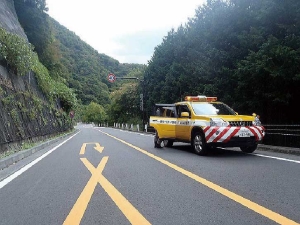 Road patrol car
Road patrol car -
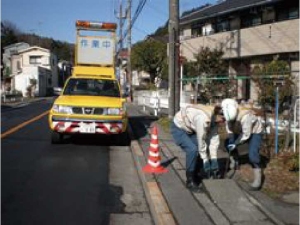 Emergency work
Emergency work
Road Repair Programs
Road Surface Repair
Based on the results of the survey, locations in need of repair are selected and priority for repair is established. By systematically carrying out surface repairs, the Bureau provides drivers with a safe and pleasant ride. In addition, along with road repairs, improvements with respect to steps and gradients are being made to sidewalks.
-
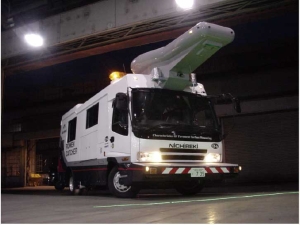 Pavement condition survey equipment (vehicle)
Pavement condition survey equipment (vehicle) -
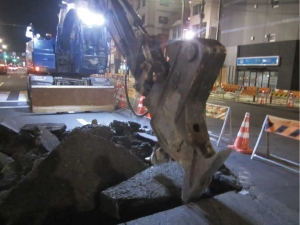 Road surface repair
Road surface repair
Making Road Surfaces Highly Functional
Maintenance of Road Facilities
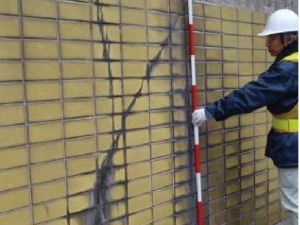
Preventative Maintenance of Tunnels
-
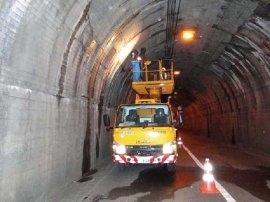 Void detection test(radar scan)
Void detection test(radar scan) -
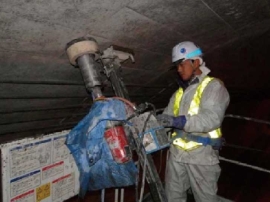 Boring test
Boring test
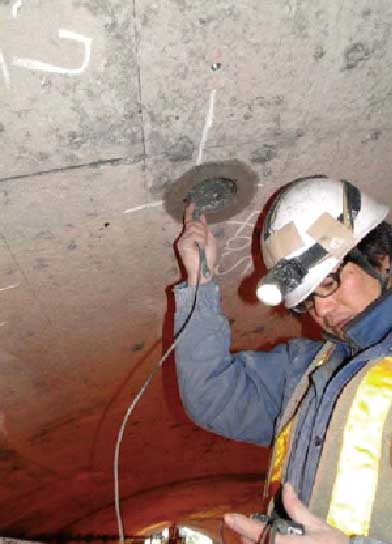
New Transportation Systems and Urban Monorail Facilities
The infrastructure that supports new transportation systems and urban monorails, including support columns, track girders, switches, station roofs, barrier-free facilities, and concourses, is managed by the road administrator as a part of its road facilities. By systematically maintaining and repairing these facilities based on inspection results, the Bureau is ensuring the smooth function of the capital’s transport systems and increased convenience and safety for users.
-
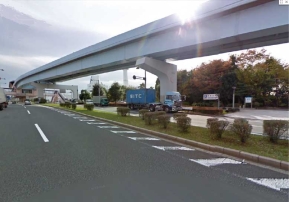 New Transit Yurikamome
New Transit Yurikamome -
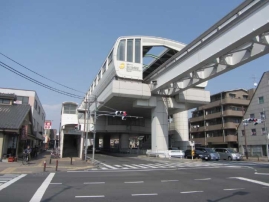 Tama Monorail
Tama Monorail
Conversion to LED Street Lighting
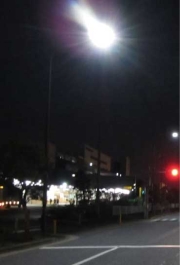
Road Management Using Information and Communication Technology (ICT)
With respect to routine operations, inspection of road facilities that utilize radio frequency identification (RFID) technology are being conducted on the Shinjuku Fukutoshin Route No. 4.
The Bureau also operates the Rescue Navigation System. When a natural disaster occurs (earthquake, flood, or snow-related), GPS-enabled cell phones are utilized to promptly and accurately gather information on road damage, which is then stored in a database. This system aims to facilitate effective information sharing between Bureau headquarters and offices. Additionally, on some roads in mountainous areas, the Bureau has set up equipment such as cameras and rain gauges, which allow Bureau headquarters and offices to check local conditions, in order to enhance disaster response capabilities.
-
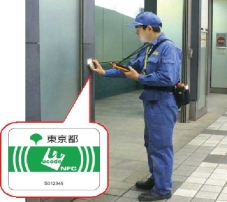 Road facility inspection using RFID
Road facility inspection using RFID -
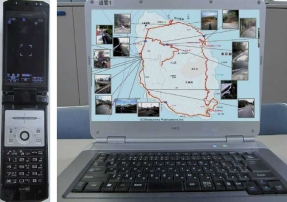 Rescue Navigation System On a cell phone (left) Personal computer (right)
Rescue Navigation System On a cell phone (left) Personal computer (right)
Seismic Retrofitting of Bridges
-
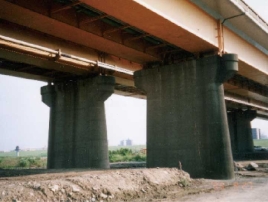 Before seismic retrofitting
Before seismic retrofitting -
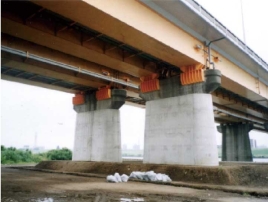 After seismic retrofitting
After seismic retrofitting
Life Extension of Bridges
The bridge life extension program ensures safety and peace of mind by upgrading bridges to make them even more durable through repairs and reinforcement measures that utilize the latest technologies and materials. The Bureau aims to extend the lifespan of bridges to 100 years beyond completion of reinforcement measures.
-
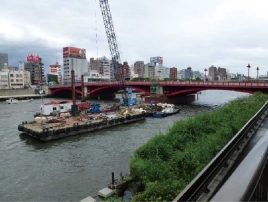 Reinforcement of bridge supports
Reinforcement of bridge supports -
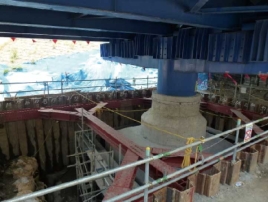 Reinforcement of bridge foundation
Reinforcement of bridge foundation
Bridge Maintenance
-
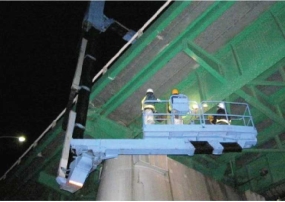 Bridge inspection
Bridge inspection -
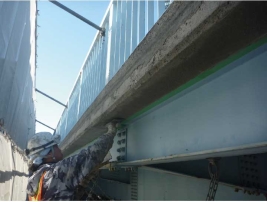 Repairs to concrete
Repairs to concrete
Prevention of Road Disasters
-
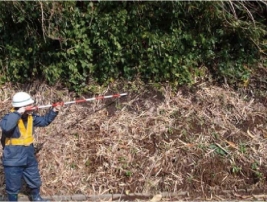 Inspection of slope
Inspection of slope -
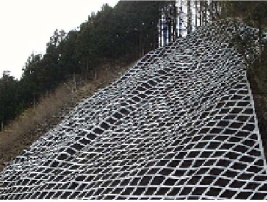 Slope stabilization grid
Slope stabilization grid



